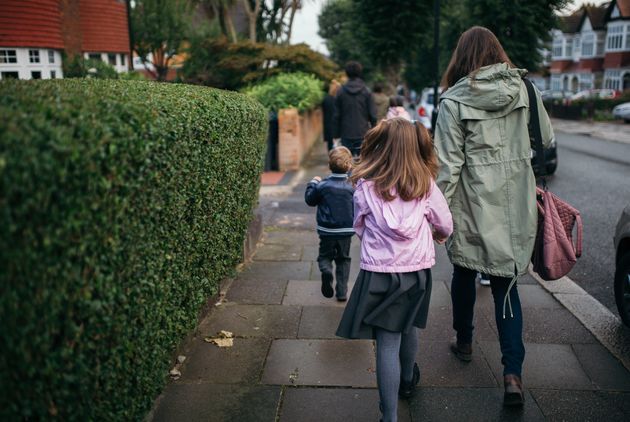
Poverty has a female face. Women earn less than men, have lower incomes over a lifetime and are more likely to be poor in old age. 47% of single parents are living in poverty – the vast majority of them women.
And poverty levels are rising – the number of children living in poverty has increased from 27% in 2012/13 to 30% last year. Even pensioner poverty, which fell significantly from 28% in 1994/95 to 13% in 2012/13, has now started to rise – 16% of pensioners are now living in poverty, the majority of them women.
A new report by the Women’s Budget Group explores why this is happening – showing that the traditional division of labour, with men still seen as the main breadwinner and women as the main carer, and a lack of adequate state support means that women are more likely to fall into poverty and to remain poor.
Women’s greater responsibility for care work is fundamental to understanding women’s poverty. Throughout the world women are assumed to have primary responsibility for caring and domestic work. This means that women have less time available for paid work. It explains why women tend to work part-time, take career breaks and be seen as less committed to work and discriminated against by employers.
At the same time childcare costs have soared, rising at twice the rate of inflation in the last decade alone. Support in the form of free entitlement and tax relief to families with three- and four-year-olds is not enough in the number of hours covered and it does not reach every family who needs it. Single mothers in particular struggle to arrange affordable childcare to seek and keep a paid job. Even when they do, employment may not be enough to lift them and their children out of poverty.
In recent years the government’s strategy to fight poverty has focused on employment and on reducing the number of workless households. Yet the number of people living in poverty in families where someone has a job is growing.
Women as a rule get less out of employment than men. They are much more likely to be in part-time paid work, which means women will earn less at the end of the month; not just because they work less paid hours but also because part-time positions tend to be less paid per hour than full-time ones. Women are concentrated in low-paying industries, including what is often dubbed the 5 Cs: cleaning, cashiering, caring, catering and clerical work. The gender pay gap is still a reality, even when we compare women and men working full-time in the same industries. This means that women will have less earnings of their own.
Many women are shielded from low incomes and poverty through their partner’s job. And in fact, 38% of low-earners live in high-income households. But this can be problematic in two ways: large disparities in who earns the money can affect power relations within a couple; and in terms of their future risk of poverty, women in this situation are just a partner away from destitution. If the relationship breaks down or if their partner loses his job they risk falling into poverty. Women who don’t have their own independent income also find it harder to leave abusive relationships or simply unsatisfactory ones as they won’t have financial means of survival.
Women’s lower earnings from work are translated into lower pension entitlements after retirement. Indeed, today we see that more single women pensioners are living in poverty (23%) than single men pensioners (18%), which reflects different employment trajectories of women and men during their lifetimes.
But rising poverty levels are also the result of the austerity policies of successive governments since 2010. We’ve seen a cut in benefit levels, a punitive sanctions regime and the roll out of Universal Credit which is having a negative impact on the ability of low-income families to get by. In the last 12 months, areas where Universal Credit has been fully rolled out have seen an increase of 52% in foodbank use, compared to an increase of 13% in areas with no UC roll out.
All of this leaves women with a series of constant impossible choices. Pay the rent or buy new school uniform? Replace the shoes with holes in or pay an overdue bill? Cuts to social security, the rising cost of living and persistent low wages have led to an increase in demand for foodbanks and growing personal debt. Women are disproportionately represented among both groups: single parents are twice as prevalent amongst foodbank users than in the population, and two-thirds of people with severe debt problems are women. And in low-income households, women are usually the ones responsible for managing the family budget. They also often act as poverty “shock-absorbers”, going without to shield their families from the worst effects of financial deprivation. All of this causes increased stress and takes a toll on physical and mental health.
But it doesn’t have to be like this. Having access to an individual and autonomous income is the best safeguard against poverty both in the present and in the future. So we need to make sure that barriers to women’s employment are eliminated, through investment in childcare, adult social care and public transport, and in encouraging fathers to take their share of care responsibilities in the family. Benefits should also be designed to ensure that every individual has access to a fair income in their own right.
Dr Sara Reis is research and policy officer at the Women’s Budget Group


